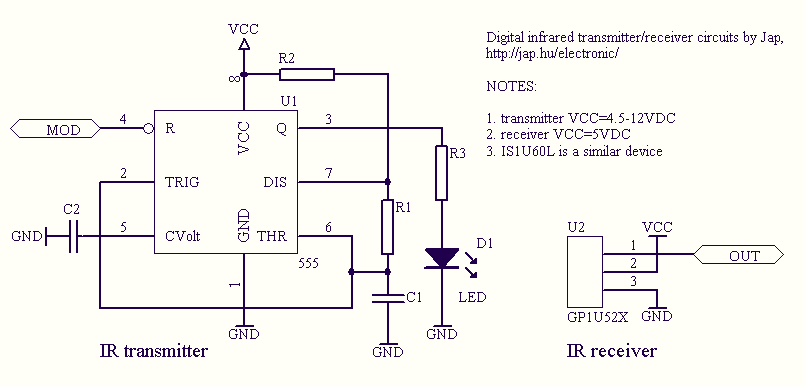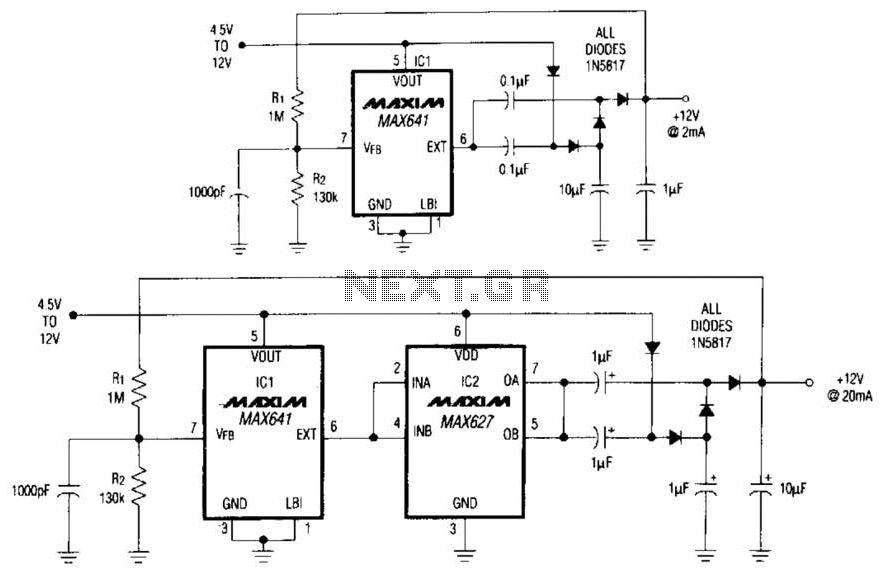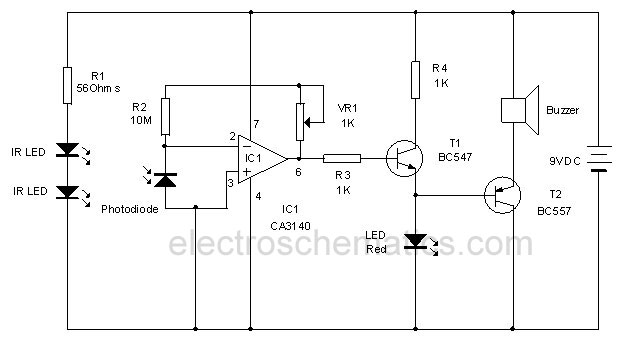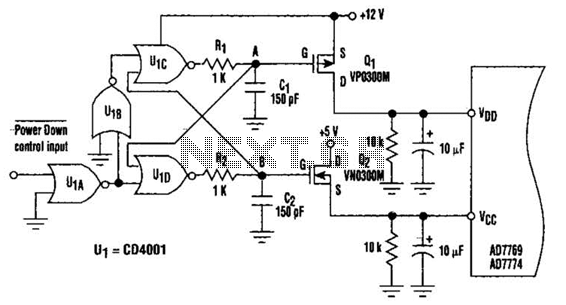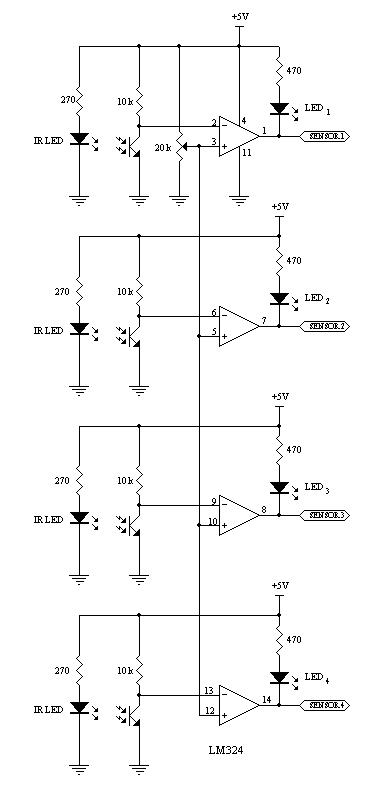
Water-level sensing control circuit
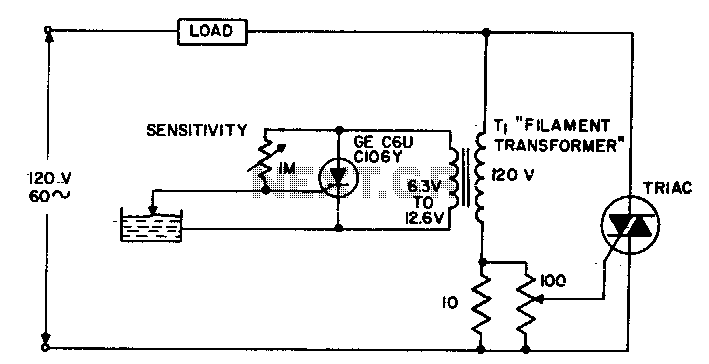
The circuit supplies power to the load until water conducts through the probe, allowing gate current to bypass from the low current SCR. This configuration provides an isolated low voltage probe to meet safety requirements.
The described circuit operates as a water detection system, utilizing a low current Silicon Controlled Rectifier (SCR) to manage power delivery to a load based on the presence of water. The primary function of the circuit is to monitor the conductivity of water through a probe. When water is detected, it completes the circuit, allowing current to flow through the probe and into the gate of the low current SCR. This action triggers the SCR, which then allows power to be delivered to the connected load.
The design emphasizes safety by incorporating an isolated low voltage probe. This isolation is crucial in preventing any high voltage from reaching the probe, which could pose a risk of electric shock in wet environments. The low voltage operation ensures that the circuit can be safely used in applications where water presence needs to be monitored, such as in aquariums, humidifiers, or irrigation systems.
In summary, this circuit effectively combines water detection with SCR technology to create a reliable and safe method for controlling electrical loads based on moisture presence, adhering to safety standards through its isolated low voltage design.The circuit applies power to the load until the water conducts through the probe, and bypasses gate current from the low current SCR This gives an isolated low voltage probe to satisfy safety requirements.
The described circuit operates as a water detection system, utilizing a low current Silicon Controlled Rectifier (SCR) to manage power delivery to a load based on the presence of water. The primary function of the circuit is to monitor the conductivity of water through a probe. When water is detected, it completes the circuit, allowing current to flow through the probe and into the gate of the low current SCR. This action triggers the SCR, which then allows power to be delivered to the connected load.
The design emphasizes safety by incorporating an isolated low voltage probe. This isolation is crucial in preventing any high voltage from reaching the probe, which could pose a risk of electric shock in wet environments. The low voltage operation ensures that the circuit can be safely used in applications where water presence needs to be monitored, such as in aquariums, humidifiers, or irrigation systems.
In summary, this circuit effectively combines water detection with SCR technology to create a reliable and safe method for controlling electrical loads based on moisture presence, adhering to safety standards through its isolated low voltage design.The circuit applies power to the load until the water conducts through the probe, and bypasses gate current from the low current SCR This gives an isolated low voltage probe to satisfy safety requirements.
